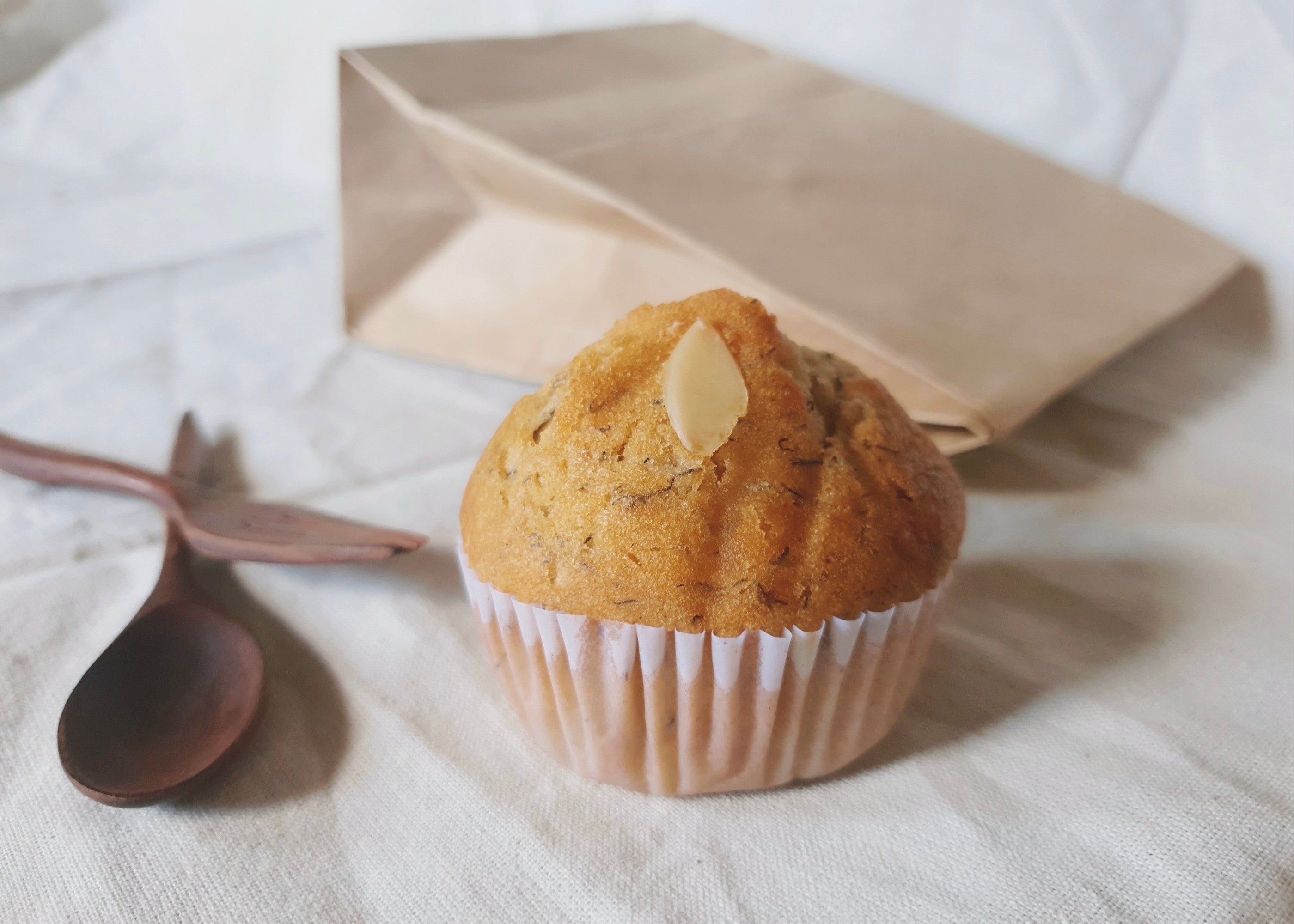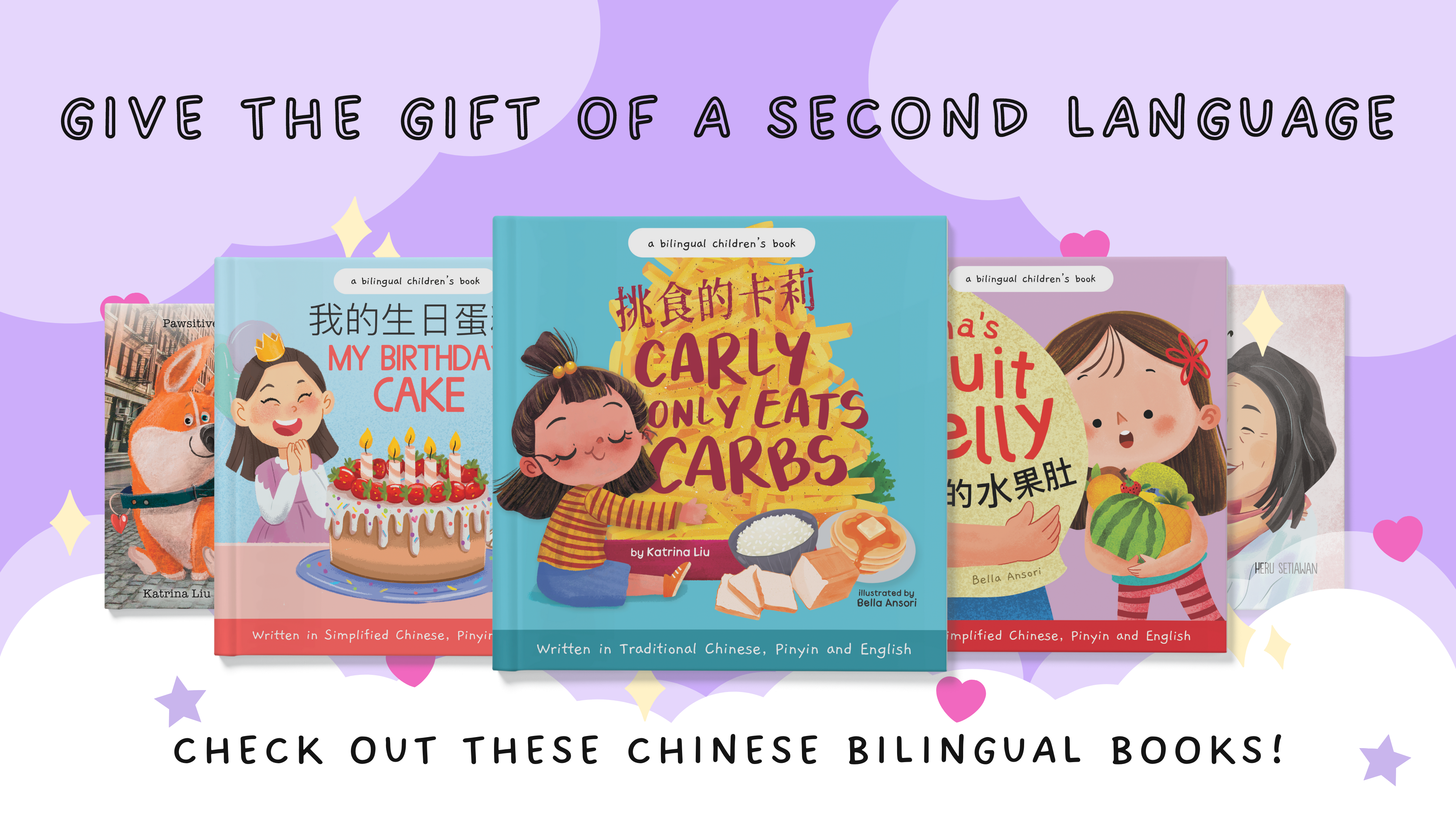30 Chinese Loanwords You Need To Know

Have you ever considered learning Chinese? Maybe you've heard that it's a complex language to master or that the characters are too complicated to remember. However, learning Chinese can be a lot of fun!
One of the most enjoyable ways for beginners to expand their Chinese vocabulary is by familiarizing themselves with Chinese loan words, or 外来语 (wài lái yǔ). These won't only help you sound natural when speaking with native speakers but also serve as an excellent springboard for learning Chinese more effectively.
In the upcoming blog post, we will delve into well-known Chinese loan words that have the power to elevate your language proficiency and help you effortlessly blend in as a native speaker. Prepare yourself for an exciting journey and enjoy learning while having a great time!
Here are some of the most commonly-used loan words in Chinese!

哈喽 hā lóu (Hello)
If you want to greet someone in Chinese with a casual and friendly tone, you might want to consider using the loan word 哈喽 (hā lóu) instead of the conventional 你好 (nĭ hăo). Another alternative greeting that works similarly is 嗨 (hāi). These expressions offer a more relaxed and informal way to say hello in Chinese, adding a touch of friendliness to your conversations.

拜拜 bài bài (Bye-bye)
Used together with the previously mentioned loan word, 拜拜 (bài bài) is a less formal way of saying farewell to your friends. Now you have another alternative other than using 再见 (zài jiàn).

可口可乐 kě kǒu kě lè (Coca-Cola)
Coca-Cola is a very successful company in China's beverage industry not only because of its excellent marketing strategy, but also because of its Chinese name that fits well with its brand. 可口可乐 (kě kǒu kě lè) translates to "can drink, can happy", or "palatable and enjoyable."

巧克力 qiǎo kè lì (Chocolate)
巧克力 (qiǎo kè lì) is one of the most well-established loan words, as it retains the original sound of the word 'chocolate' while being adapted to fit the phonetic structure of the Chinese language.

阿米巴 āmǐbā (Amoeba)

马克笔 mǎkèbǐ (Marker Pen)

马杀鸡 mǎshājī (Massage)

迷因 míyīn (Meme)

咖啡 kāfēi (Coffee)

芭菲 bāfēi (Parfait)

奥林匹克 Àolínpǐkè (Olympics)

玛芬 mǎfēn (Muffin)

培根 péigēn (Bacon)

芭蕾 bālěi (Ballet)

吉他 jítā (Guitar)

哈尼 hāní (Honey - endearment)

夹克 jiākè (Jacket)

巴祖卡 bāzǔkǎ (Bazooka)

布朗尼 bùlǎngní (Brownie)

蹦极 bèngjí (Bunjee Jumping)

车厘子 chēlízi (Cherry)

多米诺 duōmǐnuò (Domino)

维他命 wéitāmìng (Vitamin)

优格 yōugé (Yogurt)

高卡车 gāokǎchē (Go-Kart)

巴士 bāshì (Bus)

宾果 Bīn guǒ (Bingo)
Learning loan words can be a fantastic gateway to exploring the Chinese language! However, if you want an enjoyable and straightforward approach to learning conversational Chinese, consider diving into bilingual books. These delightful reads foster language acquisition, benefiting both young ones and adults alike.
Give the gift of a second language now!

And there you have it! All listed above are just some of the major Chinese loanwords, so feel free to share them on the comment section below, and stay tuned for more updates and interesting blogs about Chinese language and culture!
